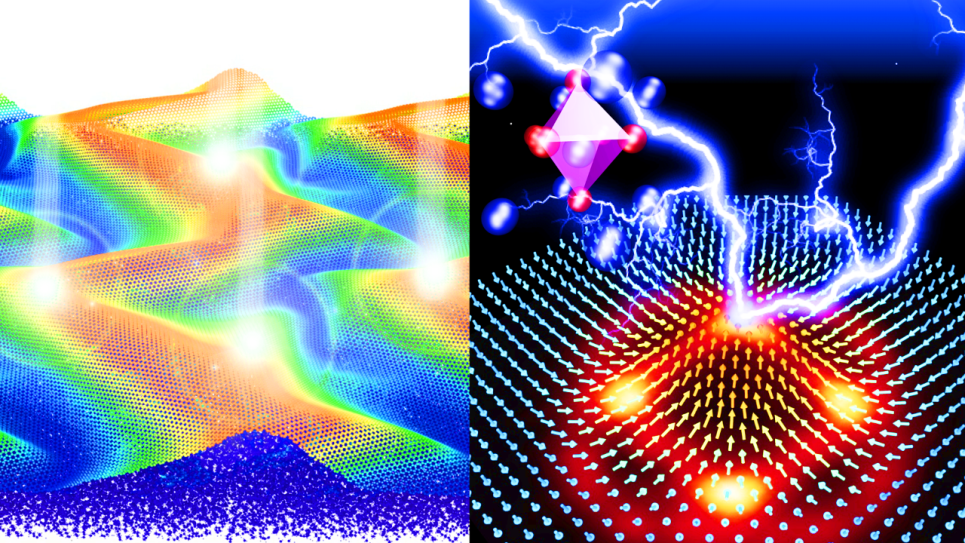This project will advance fusion energy research by performing large-scale simulations to shed light on plasma surface interactions. The team will use Theta to study the response of tungsten, the proposed ITER divertor, to low-energy, mixed H-He plasma exposure in the presence of impurity atoms.
The realization of fusion as a practical, 21st Century energy source requires improved knowledge of plasma surface interactions (PSI) and the materials engineering design of component systems to survive the incredibly extreme heat and particle flux exposure conditions of a fusion power plant. The objective of this ALCC project is to further advance understanding of the response of tungsten, the proposed ITER divertor, to low-energy, mixed H-He plasma exposure in the presence of impurity atoms including beryllium, nitrogen, and neon. In particular, two tasks are envisioned that investigate the surface response following implantation of beryllium, helium, and hydrogen into the tungsten divertor, as well as the underlying mechanisms controlling the reduced tritium permeation and retention observed in helium exposed tungsten.
Correspondingly, the key tasks that will be addressed within the computer simulations that will utilize ALCC computing resources are to: continue large-scale MD simulations to increase the database of real-world, mixed hydrogen-beryllium-helium plasma exposure of tungsten divertor surfaces expected in ITER; perform density functional theory calculations to improve the computational database underpinning the SNAP (Spectral Neighbor Analysis Potential) interatomic potentials; and carry out Xolotl modeling comparisons against MD database to provide confidence in extrapolation to PSI models to predict ITER performance.
